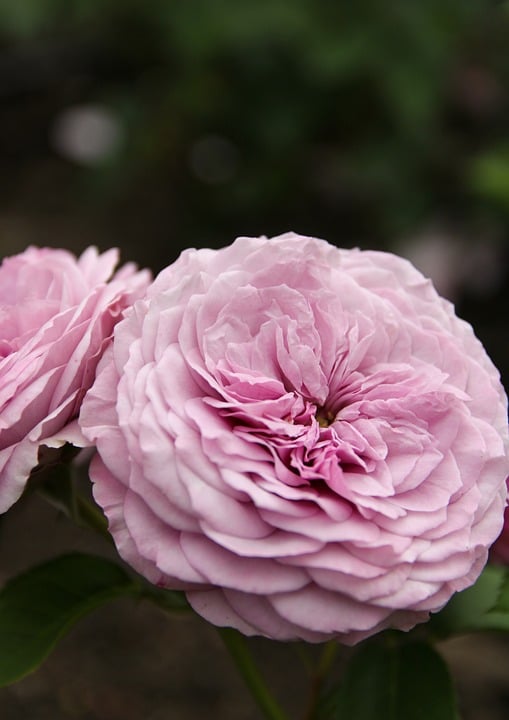Preserving Indigenous heritage is a critical component of cultural sustainability and honoring the traditions of our ancestors. In a world where globalization and modernization are rapidly changing the landscape of indigenous communities, it is more important than ever to protect and celebrate the rich cultural heritage that has been passed down through generations. This article explores the importance of preserving indigenous heritage, the challenges faced in doing so, and the strategies that can be employed to ensure that these traditions continue to thrive for future generations.
Historical Context
Indigenous cultures have a long and complex history that is deeply intertwined with the land, spiritual beliefs, and communal traditions. For centuries, indigenous peoples have passed down knowledge, rituals, and customs through oral traditions, art, music, and dance. These traditions are not only a source of pride and identity for indigenous communities but also hold valuable insights into sustainable living practices, traditional medicine, and ecological stewardship. Unfortunately, colonization, forced assimilation, and cultural erasure have threatened the survival of indigenous cultures around the world, leading to a loss of traditional knowledge and practices.
In recent decades, there has been a growing recognition of the importance of preserving indigenous heritage as a means of maintaining cultural diversity, fostering intercultural dialogue, and promoting social justice. International agreements such as the United Nations Declaration on the Rights of Indigenous Peoples (UNDRIP) have called for the protection of indigenous cultural heritage and the promotion of indigenous rights to self-determination. Despite these efforts, many indigenous communities continue to face challenges in preserving their heritage, including poverty, discrimination, and lack of resources.
Current State
The current state of indigenous heritage preservation varies widely across different regions and communities. In some cases, indigenous peoples have successfully revitalized traditional practices and knowledge through community-led initiatives, cultural education programs, and partnerships with museums and educational institutions. These efforts have not only helped to safeguard indigenous heritage but have also contributed to the economic development and social cohesion of indigenous communities.
However, many indigenous communities still struggle to preserve their heritage in the face of ongoing threats such as environmental degradation, land dispossession, and cultural appropriation. Rapid urbanization, globalization, and mass tourism have also posed challenges to the authenticity and sustainability of indigenous cultural practices. In some cases, commercialization and commodification of indigenous heritage have led to misappropriation of cultural symbols, misrepresentation of traditional knowledge, and exploitation of indigenous peoples for profit.
Strategies for Preserving Indigenous Heritage
Despite these challenges, there are a number of strategies that can be employed to preserve indigenous heritage and promote cultural revitalization. Some key approaches include:
- Community-led initiatives: Empowering indigenous communities to take ownership of their heritage preservation efforts through cultural revitalization programs, language revitalization projects, and traditional knowledge workshops
- Partnerships with museums and educational institutions: Collaborating with museums, universities, and research institutions to develop culturally sensitive exhibitions, educational programs, and research projects that highlight indigenous heritage
- Legal protection of indigenous rights: Advocating for the recognition of indigenous rights to land, cultural heritage, and self-determination through national legislation, international treaties, and human rights mechanisms
- Sustainable tourism: Promoting responsible tourism practices that respect indigenous cultures, support local economies, and contribute to the conservation of natural and cultural heritage sites
Conclusion
Preserving indigenous heritage is not only a matter of cultural preservation but also a fundamental human rights issue. Indigenous peoples have the right to maintain, control, protect, and develop their cultural heritage, traditional knowledge, and cultural expressions. By honoring the traditions of our ancestors and supporting the ongoing efforts of indigenous communities to preserve their heritage, we can contribute to a more inclusive, diverse, and sustainable world for all.
Thank you for taking the time to read this article and learn more about the importance of preserving indigenous heritage. For further resources and information on this topic, please visit the websites of organizations such as the Indigenous Peoples’ Cultural Foundation, the United Nations Permanent Forum on Indigenous Issues, and the International Work Group for Indigenous Affairs.









